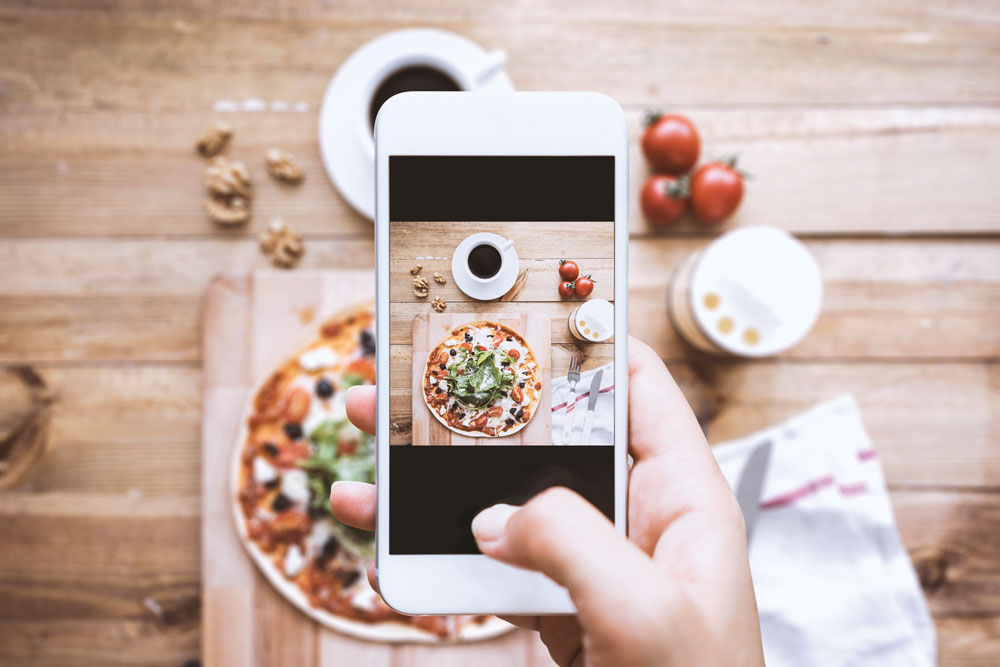No surprises here: Pizza is one of the most popular photo categories on Instagram. A 2015 study by Italian communications company Klaus Davi found that, of the 300 million food photos uploaded to Instagram that year, 17 million contained the hashtag #pizza.
This means you’re already one giant leap ahead of the steakhouses, burger joints and sushi bars in your market. But a few pizza snapshots won’t automatically translate into a successful Instagram page. It will take planning, gorgeous photos, daily engagement and some good old-fashioned creativity to drum up the kind of business you want to inspire with your page.
You can start by following a few easy tips from your fellow pizza marketers who have Instagrammed their way to pizza success. Before you know it, you, too, will be taking full advantage of this free—and powerful—marketing machine.

| 5 MUST-FOLLOW PIZZA INSTAGRAM ACCOUNTS |
|
@pizza—From the brains behind The Infatuation restaurant guides, this account bills itself as “The Official Pizza Instagram”—and more than 654,000 followers seem to agree. @pizzafromabove—A bird’s-eye view of the world’s most popular food. Tag your own pizza photos with the hashtag #pizzafromabove, and they might repost it. @njpizzagirls—A pair of hip Jersey chicks travel their home state—and beyond—on a quest for unforgettable pizza. @h0tgirlseatingpizza—After her mom’s death from breast cancer, Marta Freedman created this sexy yet tasteful account to celebrate strong women, fashion and food. @everythingbutanchovies—From funny dog pics to pop culture humor, this account by Chris Decker of Las Vegas’ Metro Pizza is about more than pies. But, oh, man, those pizza shots! |
Get focused. While your page should have some variety, it should also have a focus, according to Matt Hyland, chef and owner at Emily, with locations in Manhattan and Brooklyn, New York, and Emmy Squared, with restaurants in Brooklyn and Nashville, Tennessee. The company’s Instagram pages, @pizzalovesemily and @emmysquaredpizza, have 52,000 and 40,000 followers, respectively. Make sure you know what you want your focus to be—will it be mostly beautiful food photos, for example, or will you tell stories through video?—and organize your Instagram marketing efforts accordingly.
Showcase your high-quality photos. Whether you’re new to Instagram or trying to fill an existing page, it is vital to show off beautiful, interesting, delicious looking food photos. If you don’t have photography skills, hire a professional and/or share photos that your fans post. “Whenever we open a new restaurant, we get professional photos taken,” Hyland says. “The best-looking pictures will always get the most likes and shares. We could put up a picture of the outside of the restaurant, and it would get 50 likes. Then we put up a picture of a pepperoni pizza, and it gets 2,000 likes. People want a nice, crisp, clear food picture.”
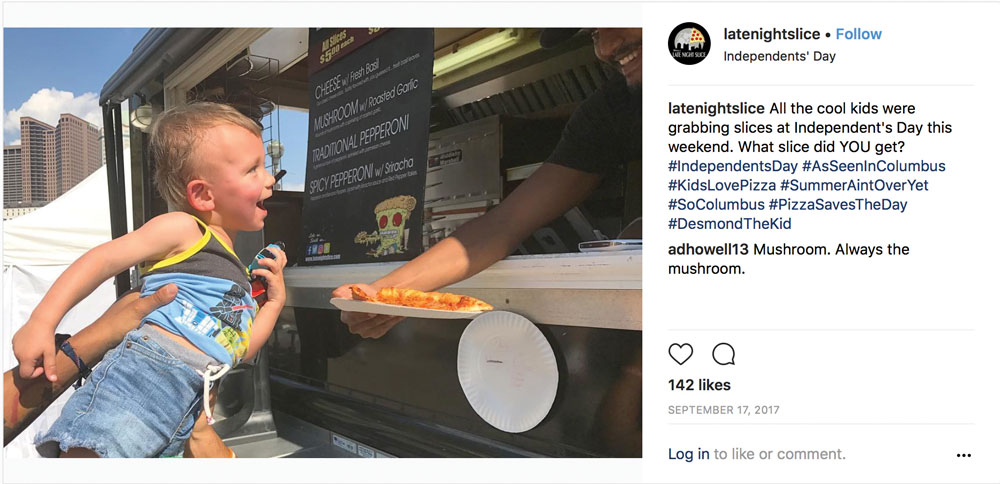
Go for the grab. The Instagram account for Columbus, Ohio-based Mikey’s Late Night Slice has 12,000 followers, and Jason Biundo, the company’s chief creative officer, knows the competition for eyeballs is intense. “You’ve got to remember the basic rules of photography: composition, lighting and motion,” Biundo says. “You also need to have something that stands out when someone is scrolling through their feed. This can be something as simple as an exceptionally delicious looking slice of pizza, or something more interesting, like a behind-the-scenes shot of an employee or operator or—and this is something we feature often—funny posts. If you can make someone guffaw, you’ve got a great post. If there’s also a delicious slice of pizza in there, it won’t hurt.”
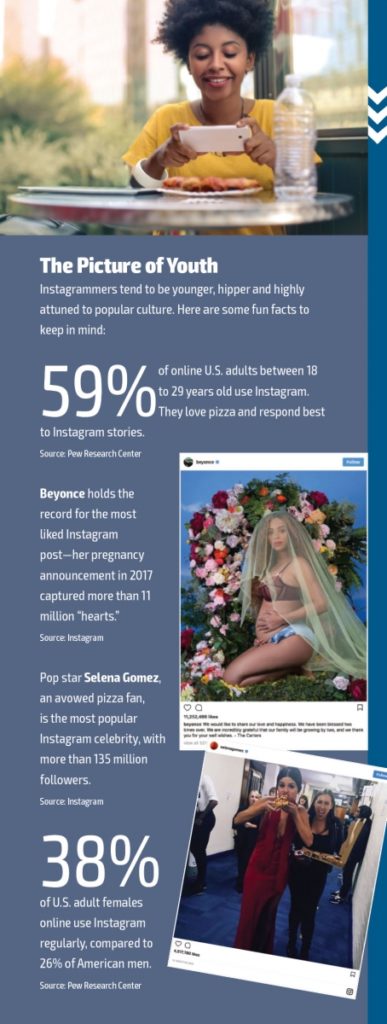 Use natural light. Hyland likes to post clear photos shot in natural light. “We have Instagrammers who come in with mobile light box units to light up food in dark places,” he says. “Those photos always look a little weird to me, so I don’t like to post those.” Most food photographers prefer natural light, but they warn that direct sunlight can be too harsh. Try to keep the window at your side or behind the food. Alternatively, use a sheer white curtain to diffuse incoming rays of sunlight.
Use natural light. Hyland likes to post clear photos shot in natural light. “We have Instagrammers who come in with mobile light box units to light up food in dark places,” he says. “Those photos always look a little weird to me, so I don’t like to post those.” Most food photographers prefer natural light, but they warn that direct sunlight can be too harsh. Try to keep the window at your side or behind the food. Alternatively, use a sheer white curtain to diffuse incoming rays of sunlight.
Make your fans feel like insiders. People love to feel like they’re part of an exclusive club, Biundo notes. “Offering a glimpse behind the curtain is a great idea,” he says. “Maybe show where your ingredients are sourced from or a fresh batch of sauce or dough being made.” Biundo warns, however, that if you’re showing your kitchen or production line, always make sure that safety and health guidelines are being followed.
Don’t go crazy with tagging. There’s been a trend lately with numerous—and often unrelated and unnecessary—hashtags being attached to posts. Not only is this a waste of time, but it can also detract from your post. As long as you include branded and location-specific tags that help customers and fans find you, there’s no need for dozens of tags. “When I see content on a picture with 15 lines of hashtags, I’ll roll my eyes,” Biundo says. “But tags do serve a purpose. Instagram will collect the images that use them in one place, so people can click on and view together. This can be something unique to your brand and useful for followers that want to learn more about you. They can also tie into other hashtags that will help people discover you. For instance, here in Columbus, we always add #SoColumbus and #AsSeenInColumbus.”
Don’t get distracted with following others. One thing that stands out when you look at the @pizzalovesemily and @emmysquared pages is that they don’t follow other pages. This is a deliberate practice that helps to keep the pizzeria focused on its engagement, Hyland says. “I use my personal account to engage with other people’s Instagram feeds and use the pizzeria accounts as information sources.”
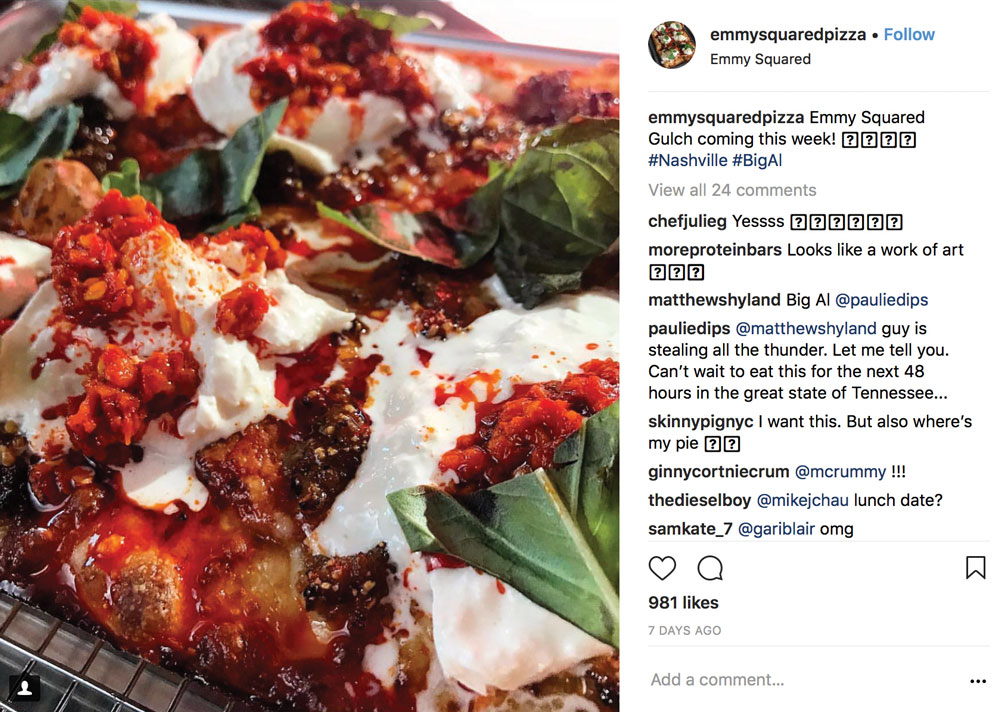
Relish organic engagement. If you’re lucky enough to have fans who take photos of your pizzeria and its food, use it to your advantage! “Organic engagement is the real gold of social media,” Biundo says. “This is how you get people to do your promotion for you, for free. It should always be on your mind and in your goals. Many brands hold contests with fantastic results. Offer a free slice of pizza once a day or once a week to people who tag you in their own pictures. Or maybe follow their posts and offer a prize for images with 100 likes. Be as creative with it as you like.”
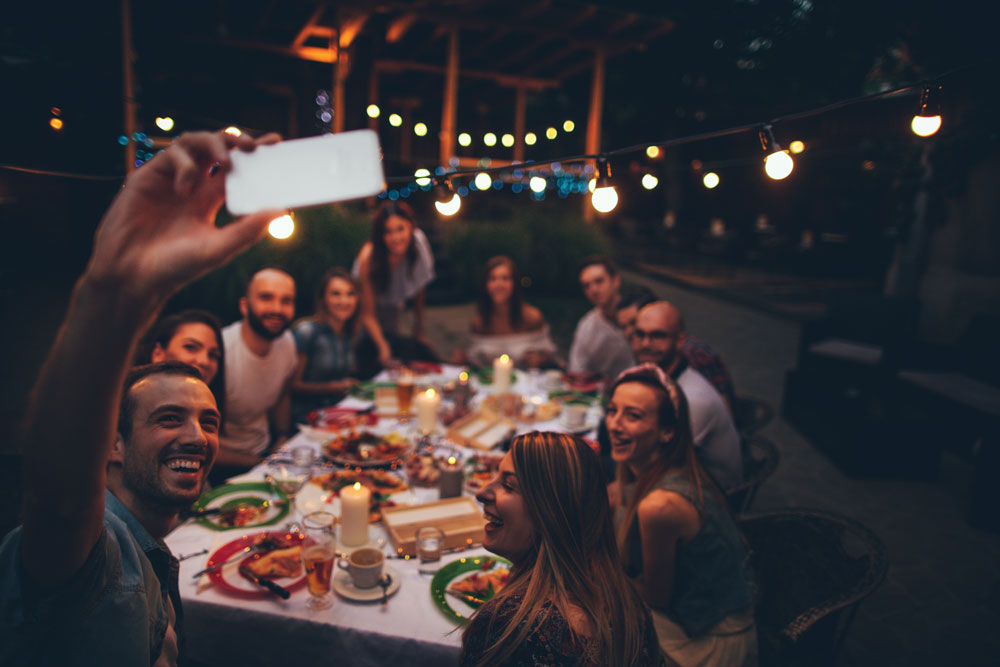
Repost your fans’ photos. Organic engagement can work so well that it practically does your job for you. Hyland says the @pizzalovesemily and @emmysquared pages have almost no original content. “We repost a lot of content from people who dine in our restaurants,” he says. “So many people come in and love taking pictures. People love it when they get their photos reposted. Then it’s not just the dining experience, but it becomes a part of the growing online community. I’ve actually made friends with some people that way, too!”
 Engage in conversations. Reposting photos is one form of engagement, but don’t forget to respond to questions and messages that you receive via Instagram. “If someone writes in the comments that they love your pizza, it’s important to respond to them,” Hyland says. “It’s a great way to get more followers, and it shows that you’re a business owner who is accessible and active on your page.”
Engage in conversations. Reposting photos is one form of engagement, but don’t forget to respond to questions and messages that you receive via Instagram. “If someone writes in the comments that they love your pizza, it’s important to respond to them,” Hyland says. “It’s a great way to get more followers, and it shows that you’re a business owner who is accessible and active on your page.”
Use the story feature. “We’re really discovering the impact of Stories on Instagram and the unique impressions they leave on followers,” Biundo says. With Instagram’s Stories feature, you can tie together a number of pictures into one cohesive slideshow or create a series of short videos. If you’re chronicling something specific, Biundo suggests thinking about it like fast-forwarding through a movie—what might your eyes pick out? “One thing to remember is quality over quantity,” he says. “The multiple-picture posts option is pretty great, but don’t be tempted to post too many. Keep it short and sweet, and put your best or most attention-grabbing image at the top of the post.” Biundo recommends limiting your stories to two or three per day and taking advantage of the platform’s many fun filters and stickers to enhance your content.
Think twice before sharing. Facebook and Instagram are totally different animals, so what gets a reaction on one doesn’t necessarily work on the other. “Facebook is geared more toward personal stories, and Instagram is more photo-oriented,” Hyland says. “Facebook is more for information, so putting pictures up on Facebook doesn’t really do anything.”
Biundo agrees, adding, “You don’t want to blow up those feeds unless the content or message of that specific post is important enough that you want to share it. If you’re just one person handling all the social media, I recommend focusing on just one [social media platform] and doing it really well.”
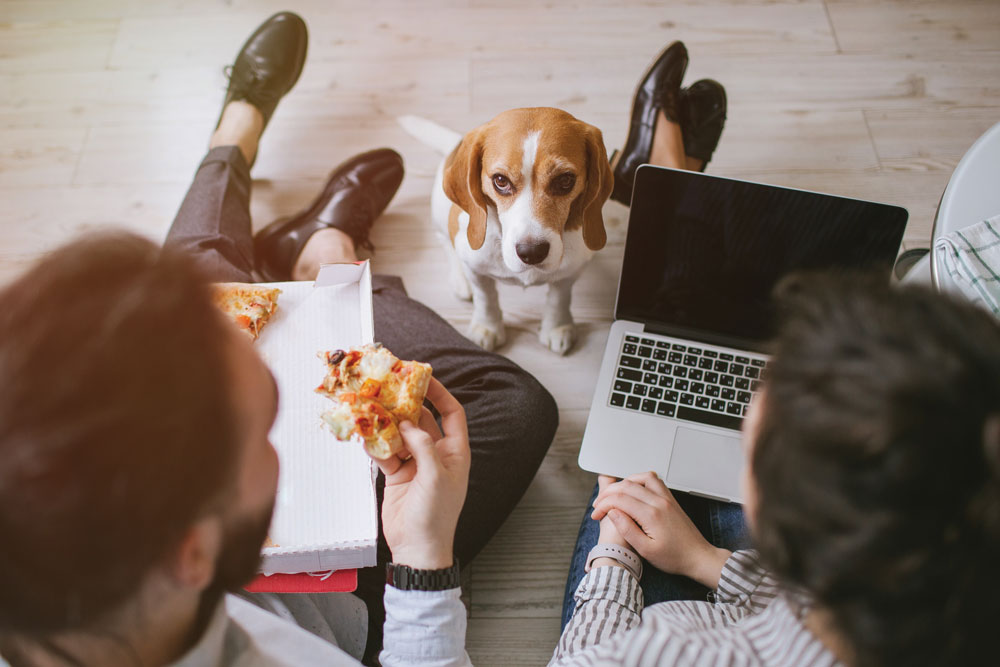
If all else fails… Posts that get the most attention are usually funny or droolworthy food shots, but Biundo says a very different type of post can top the other two by a mile: “While it might not work ideally with promoting food and kitchens, there’s one thing that blows posts of any type up: Puppies. Seriously. If you’re in a city that allows pups on the patio, you’ve got a goldmine of content.”



